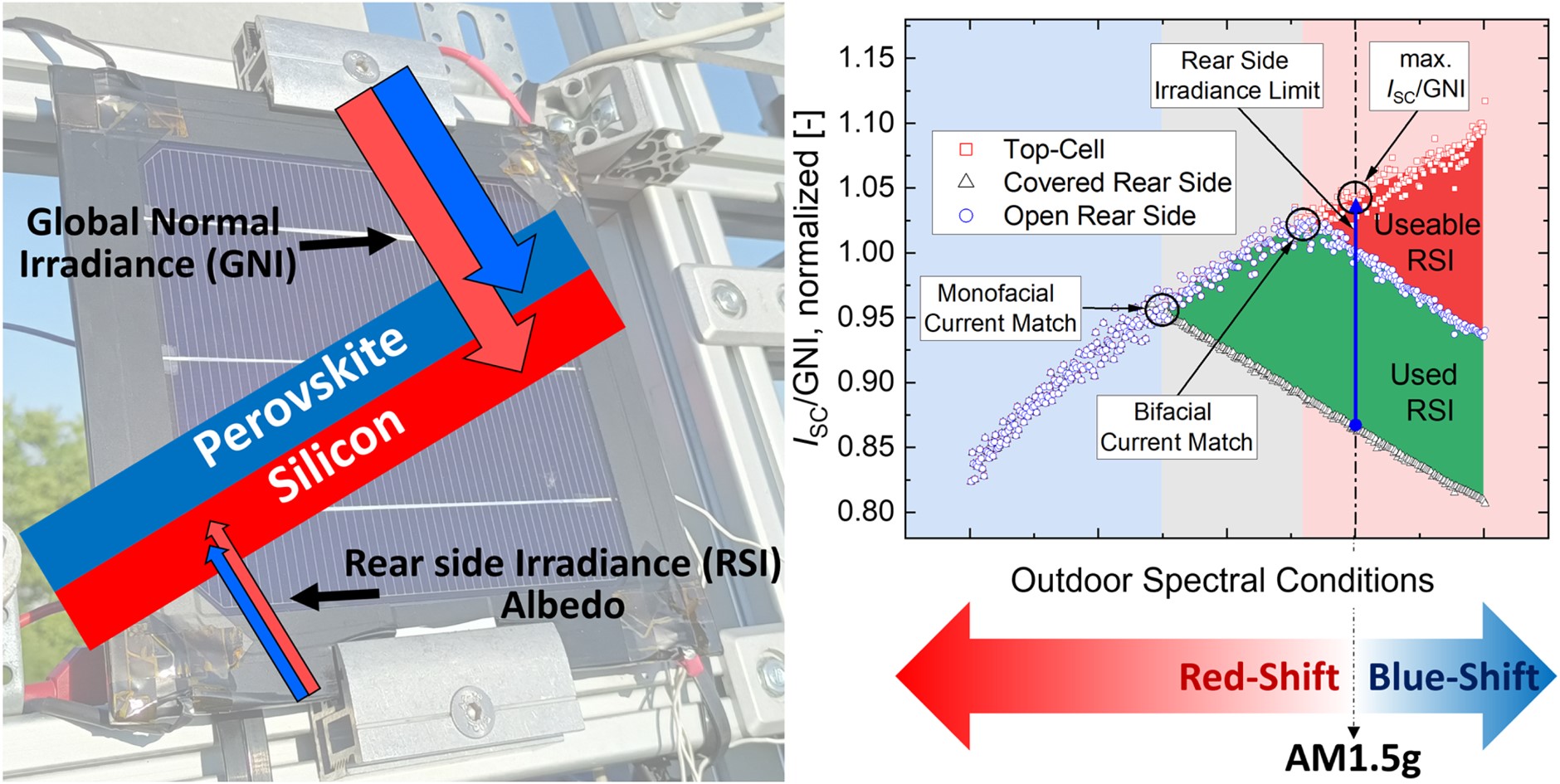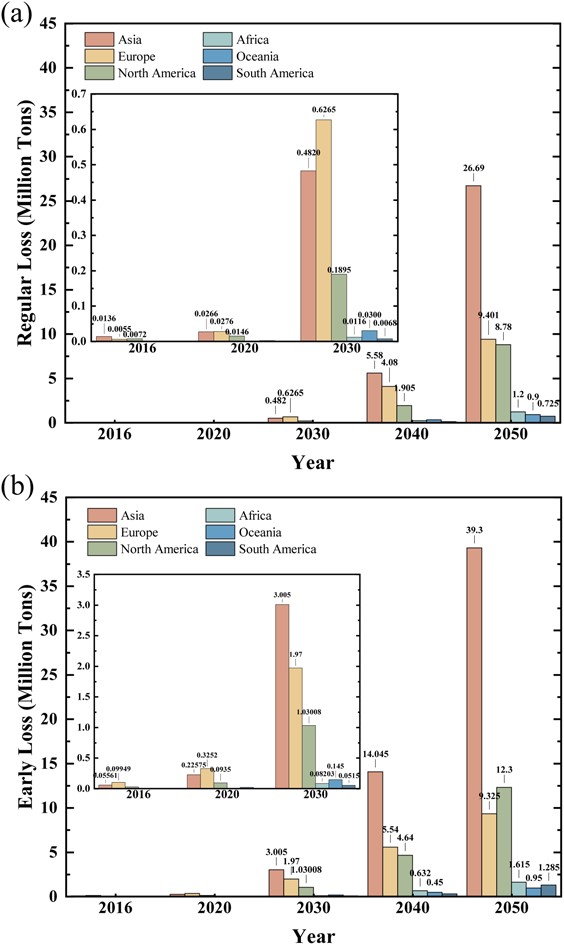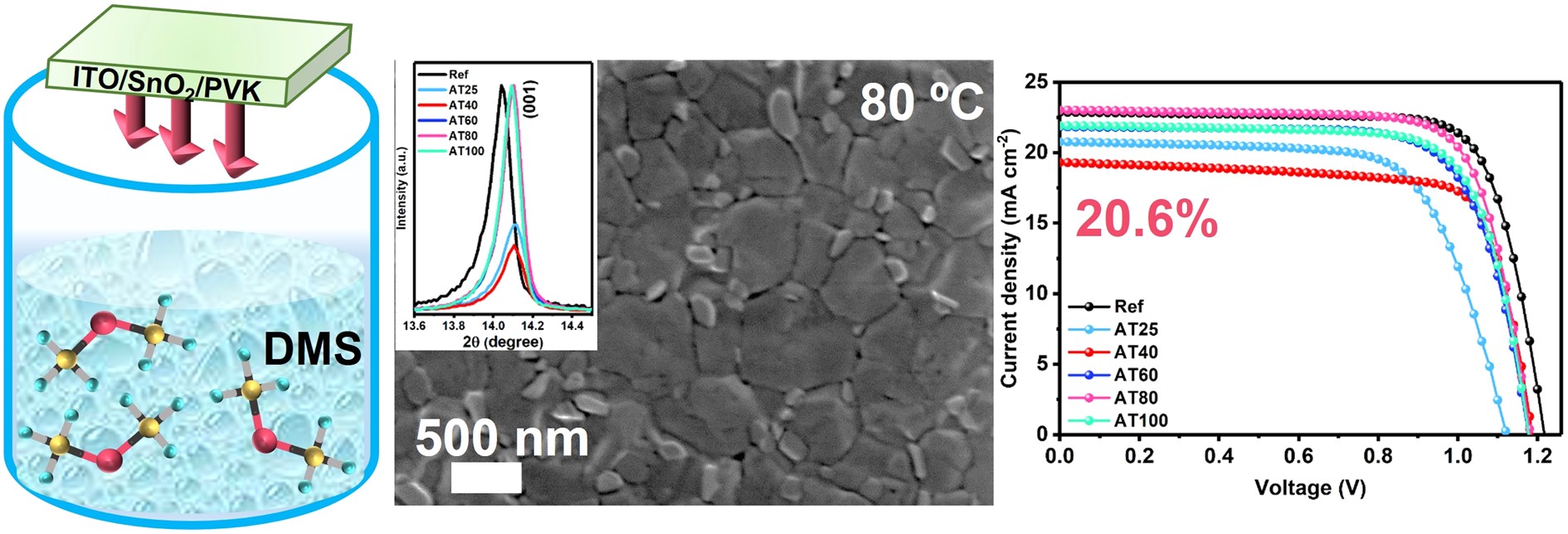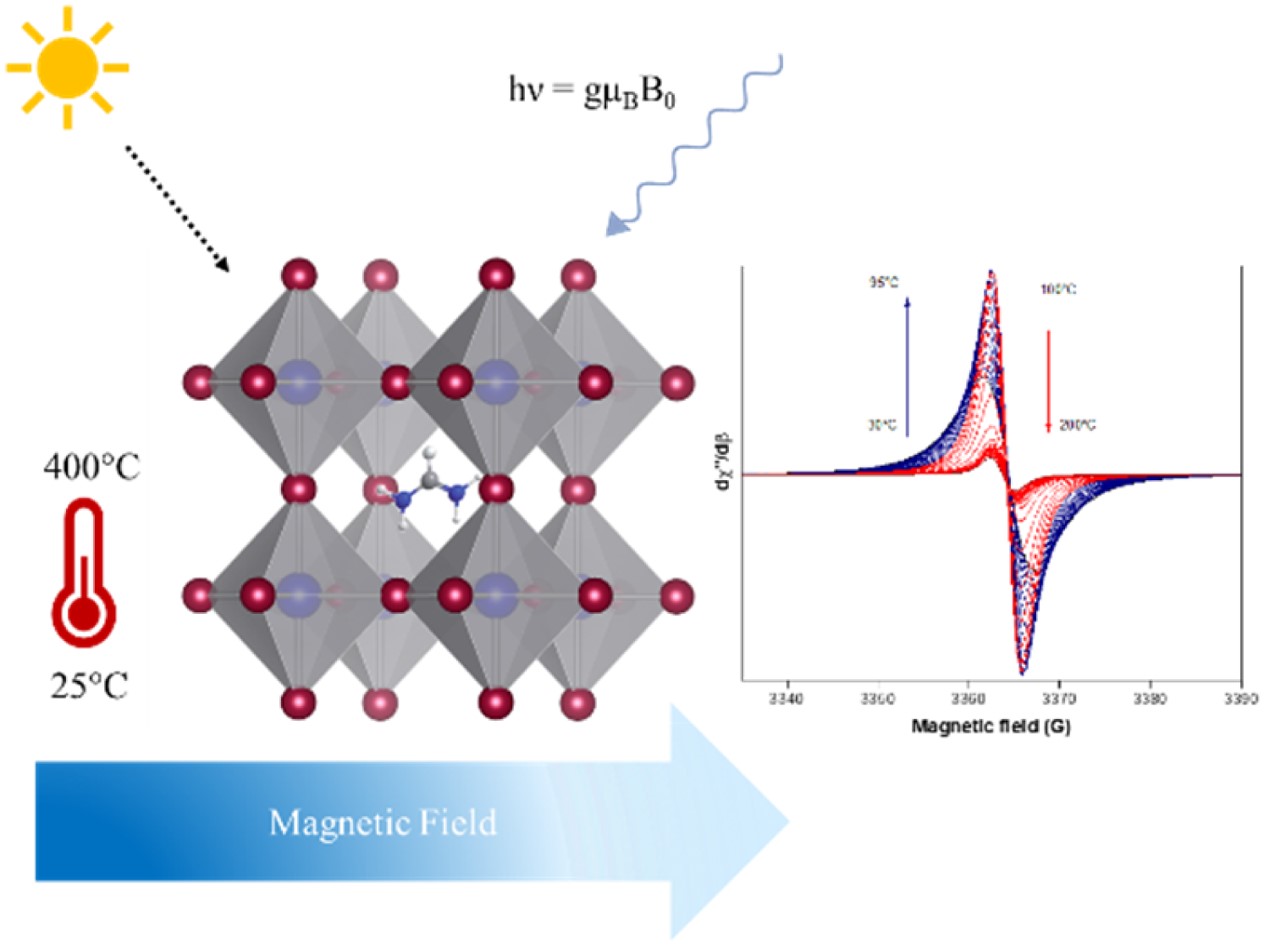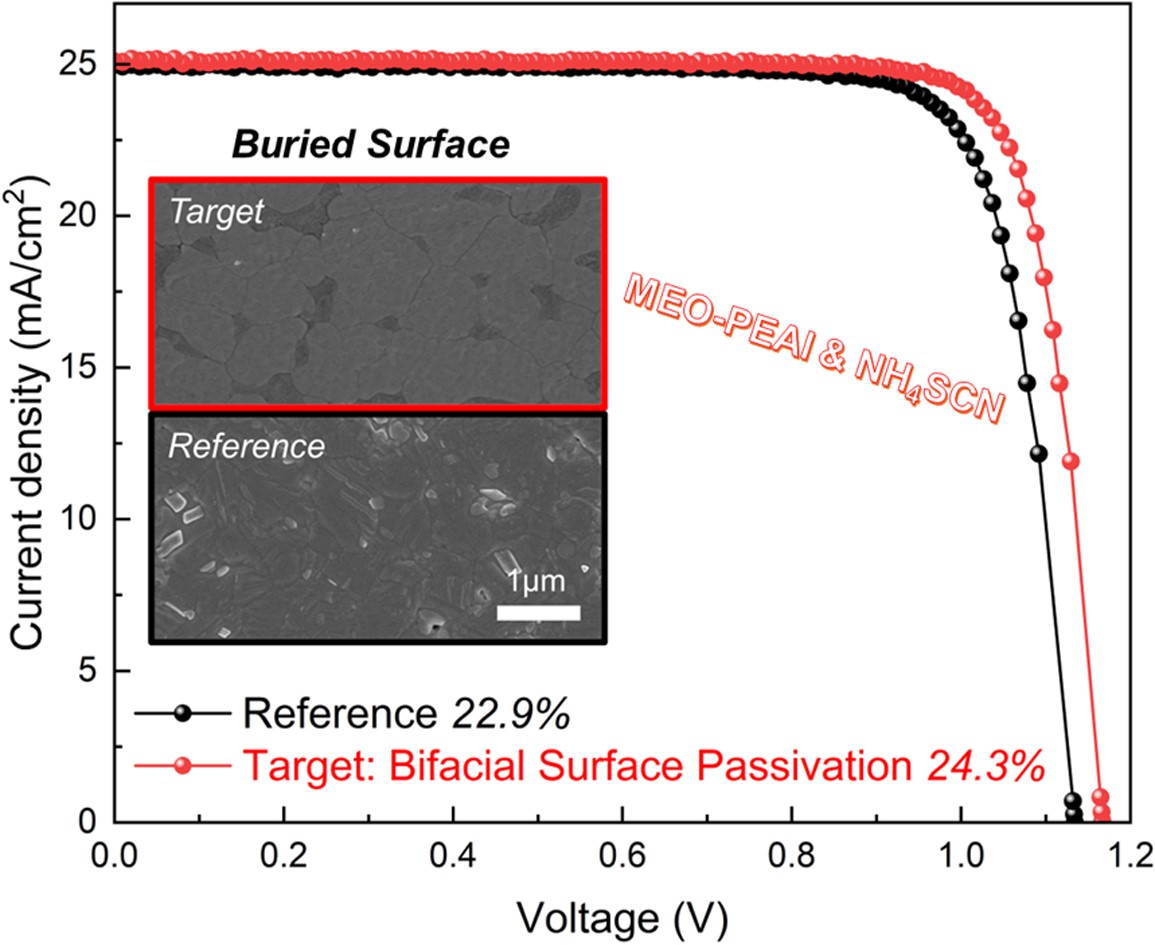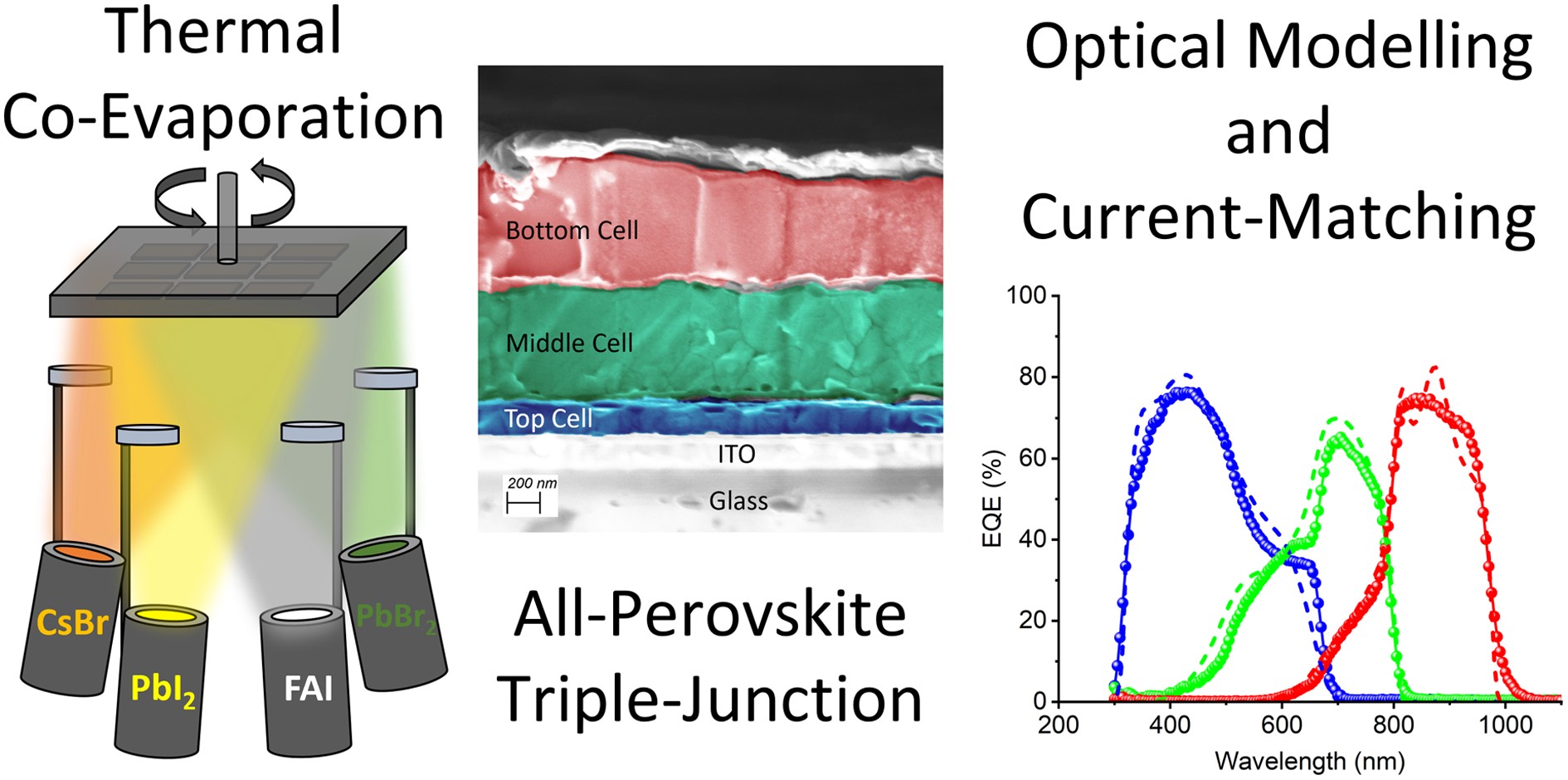
EES Solar is a new home for exceptional solar research. It is a companion journal to Energy & Environmental Science in the EES Family, which is known for outstanding publications. We are proud to present our first articles – a showcase of impactful research that has undergone rigorous peer review.
Read our first articles
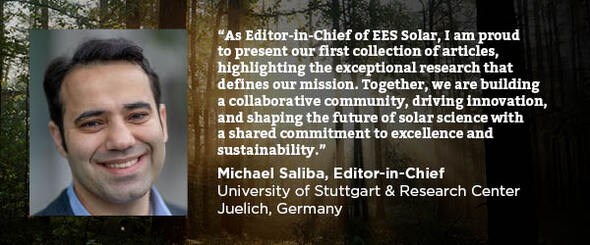
Our first articles include…

|
EES Solar is a premier interdisciplinary journal dedicated to publishing high-impact research focused on solar energy and photovoltaics. Building on the reputation of the companion journal Energy & Environmental Science for high quality and influence, EES Solar aims to be a leading publication for groundbreaking studies that span a wide range of scientific disciplines, all connected by the thread of solar. The journal welcomes studies and analyses at all scales, from groundbreaking fundamental advances to interdisciplinary research across chemistry, physics, materials science, engineering, theory, and policy and techno-economic analyses, for advancing the field of solar energy. Research that utilizes green materials and sustainable practices, championing developments that minimize environmental impact while achieving high performance is particularly encouraged.
|


